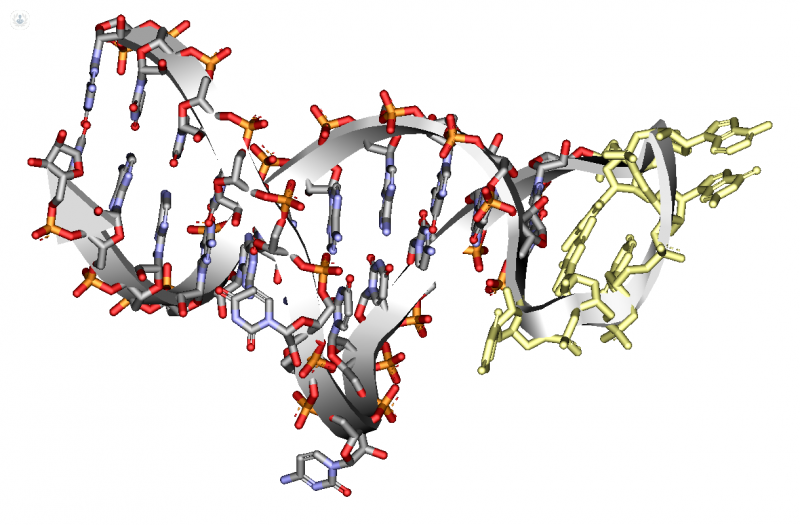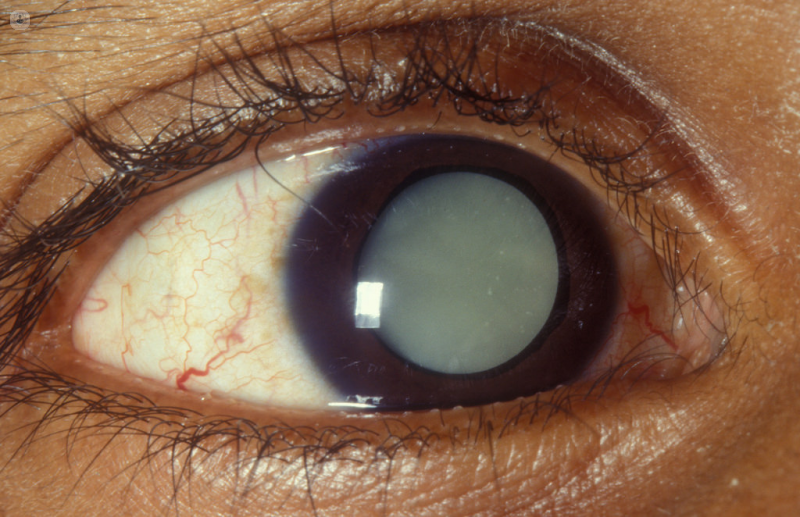

What is hyperferritinaemia?
Hyperferritinaemia is a condition in which the body has an excess of ferritin – a protein involved in storing iron, due to its ability to bind to it. Excess ferritin is a marker of iron overload diseases, such as haemochromatosis. Whether associated with another disease or not, hyperferritinaemia can have one serious complication: cataracts. Mutations in the ferritin-light chain (FTL) gene gives rise to this rare disorder, known as hyperferritinaemia-cataract syndrome.

What are the symptoms of hyperferritinaemia?
The only symptom of hyperferritinaemia that we know of is the early development of cataracts. Hyperferritinaemia-cataract syndrome usually begins between the second and fourth decades of the patient’s life, but has been reported developing in young children and in patients over 40. Cataracts usually only develop in after the age of 60, and involve the lenses of the eyes becoming cloudy and opaque, hampering, or even disabling vision. Cataracts tend to get progressively worse, dimming and blurring the patient’s vision.
Hyperferritinaemia may cause patients to experience glare or haloes, which are often worse when driving at night or in bright sunlight.
The elevated ferritin levels in the blood can often lead to hyperferritinaemia-cataract syndrome being misdiagnosed as a liver disorder that causes excess iron.
Some patients may not show any symptoms, and may be unaffected by the condition.

What causes hyperferritinaemia?
Hyperferritinaemia is mostly talked about in its association with causing cataracts, in hyperferritinaemia-cataract syndrome. This disorder is genetic, caused by a mutation in the ferritin light chain (FTL) gene. It is autosomal dominant, meaning that only a single copy of the gene, inherited from either parent, is necessary for the condition to manifest. It could also be the result of a new mutation in the individual’s genes, with neither parent carrying the gene.
Hyperferritinaemia can also be a marker of other diseases, such as adult onset Still’s disease (AOSD) and some porphyrias.
What is the treatment for hyperferritinaemia?
Venesection (regularly removing blood via a vein) is commonly used as a therapy for conditions involving excess iron in the blood, but this is not recommended for hyperferritinaemia-cataract syndrome. As this is a genetic condition, there is nothing that can be done to cure it, but the cataracts can be managed with corrective glasses or contact lenses, or, if vision deteriorates a lot, cataract surgery may be recommended. This involved replacing the cloudy natural lens with a clear plastic lens. This advanced procedure has a high success rate.
